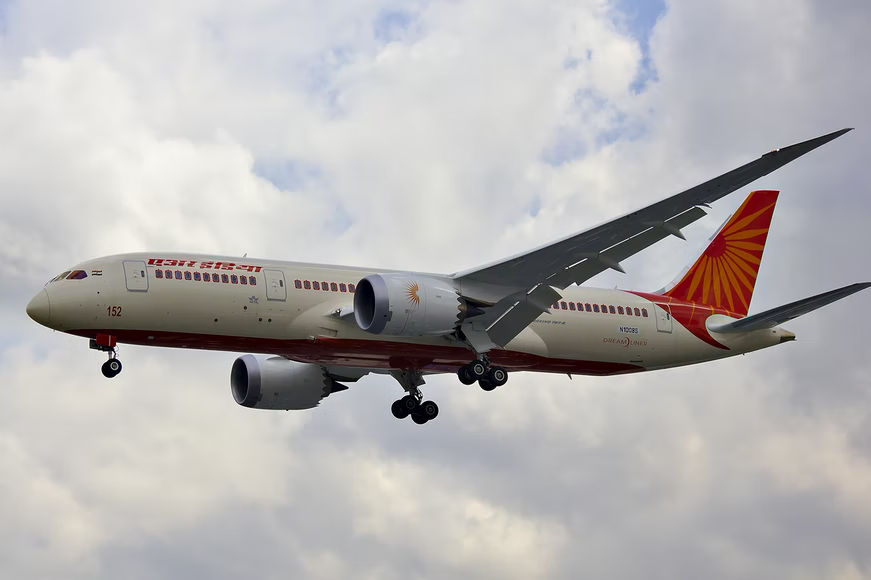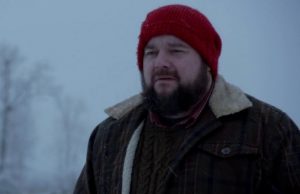Air India planes were targeted with two back-to-back terror bombings on June 23, 1985. These coordinated attacks were later traced back to the Sikh separatist movements. Noted as one of the deadliest mid-flight attacks, the 1985 Air India bombings killed hundreds of people.
At 6:19 AM GMT on June 23, 1985, an explosion is reported at the Narita International Airport in Japan’s Tokyo. It was later discovered that a suitcase bomb had exploded while it was being transferred to an Air India flight, which was bound for Thailand. Two baggage handlers were killed in the bombing.
Also Read: Ripudaman Singh Malik, acquitted for 1985 Air India bombing, shot dead in Canada
An hour later, a mid-flight bombing was reported on Air India flight 182, en route to London. Another suitcase bomb had exploded in the cargo storage area of the flight, which was about 31,000 feet above the ground and off the coast of Ireland.
All 329 people on board the Air India flight were reported dead. These also included 268 Canadians, mostly of Indian Hindu heritage, according to Global News reports. The remains of 131 people were later recovered near the crash site.
A joint investigation was later launched by authorities of India, Canada, Japan and Ireland. The probe quickly linked the suitcase bombs back to Vancouver, from where the explosives were found to have been initially sent.
The investigation also uncovered that the two bombs were originally meant to go off at the same time. However, the attackers did not consider that Japan does not follow Daylight Saving Time, reports from Global News suggest.
Also Read: Air India flight’s engine shuts down mid-air, triggers probe
Ripudaman Singh Malik, a former suspect in the shooting who was later acquitted, was shot dead in what appeared to be a targeted shooting in Canada.
In a statement, the Integrated Homicide Investigation Team said: “We are aware of Mr. Malik’s background, though at this time we are still working to determine the motive. We can confirm that the shooting appears to be targeted and there is not believed to be any further risk to the public.”







